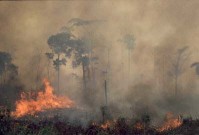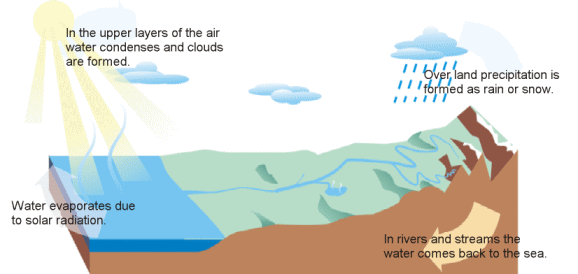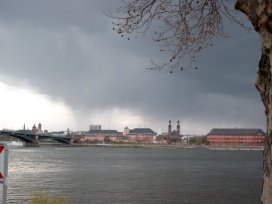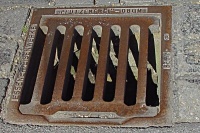|
|
 |
|
|
|
 |
 |
|
|
 |
Sources and sinks
Katja and Claus are sitting in the living room. The TV is on and the newsreader is talking about forest fires in Spain. Katja asks: Claus, air pollutants come also from cars, don't they?
Yes, they do. Most cars are equipped with catalysts nowadays. That is why some emissions are reduced, but there is still plenty coming out.
|
Hmm ... and the emissions are there, because something is burnt in the car, right?
Yes, that's true.
So, when the forest is burning in Spain ... these are emissions, too?
Claus looks at her. Yes, in some way these are emissions and air pollutants. It is gases and particulate matter, which is formed during the combustion and some of them are rather unhealthy. Like from the cars.
Katja listens to the report in the TV. Are there a lot of emissions coming from such a forest fire and does that mean our air is becoming continuously worse?
|
 |
 |
 |
|
1. Wild fires, source: Fireglobe
|
|
|
Claus shakes his head. No, air pollutants are formed but also disappear again. There is nothing in our environment which is only produced and becomes always more and more. All components in the air are either decomposed or sink to the ground. They can be removed by chemical reactions, they can deposit on house walls or leaves or be washed out with the rain. There are only very few compounds, like carbon dioxide, which last for hundreds of years until they are removed from the air. For most of them this process is much quicker. Everything is a cycle, there are sources and sinks.
Katja knits her brow. What are sinks? ... and how do car emissions run in a cycle?
|
 |
 |
|
2. The water cycle is an example of a cycle of one compound in the environment.
|
Claus sits up. Well, you know what a spring is. Water comes out of the ground or out of the mountains. Here, it is pressed from deeper layers to the surface and we see how it appears. But water also drains off again: in rivers, streams or in the ground water. When water evaporates it goes into the air and sometimes forms clouds ...
|
 |
 |
 |
|
3. Mountain spring.
|
|
 |
 |
|
4. Another source of water is precipitation.
|
|
 |
From there it falls back to the ground. Clouds are a source of water. But after the rain it runs down the drain or infiltrates the ground. The drain and the soil are sinks. From there it makes its way back to the sea.
|
Katja reflects on what Claus said. „Hmmm ... so a sink is a location where something disappears so that we do not see it anymore.“
"In some way ... it leaves the system."
|
 |
 |
 |
|
5. The drain is a "sink" for water. Here, it disappears from the surface.
|
|
|
Claus takes his purse out of his pocket. He lets all the Euro coins slide into his hand and gives them to Katja. Where does the money come from ?
Katja looks at the coins. Preferably, she would have said from the supermarket, or from the bank. But finally she says, I think, the government gets them produced.
Claus is nodding: There is a Central Bank of the state which regulates the production of coins. Such a bank exists in all countries in Europe. And the European Central Bank decides about how much money is circulating. These banks are the source of the money and from here it is distributed.
Sometimes notes and coins are retracted again. This is also done by the banks. In this case they become a sink for the coins. In between the money is circulating. It is given from the banks to the clients and migrates through markets, companies and shops. In the Euro-zone it is also migrating from one country to the next.
We can make a little experiment with migrating money.
Continuation: Worksheet "Money tracks"
|
|
 |
|







